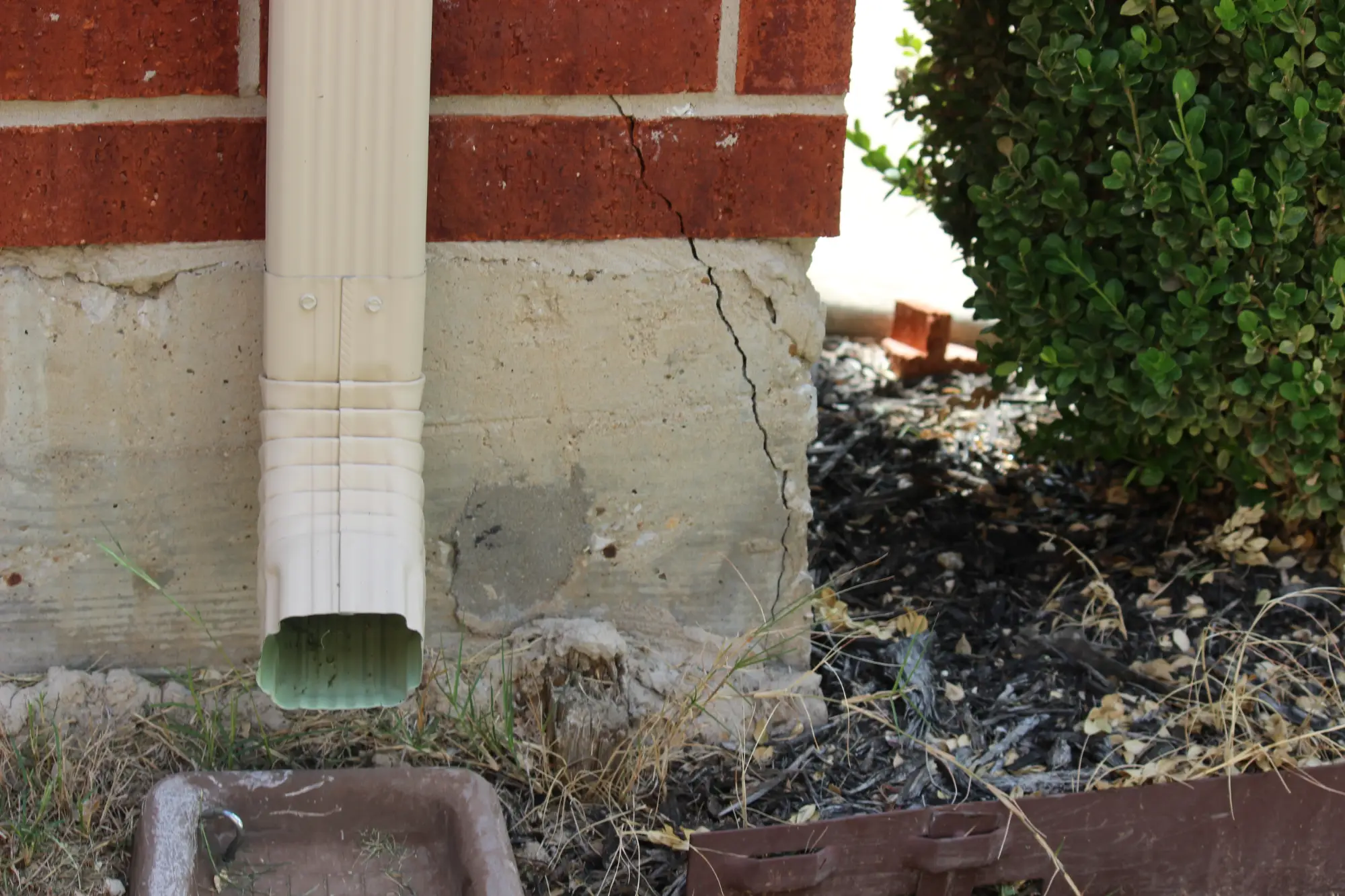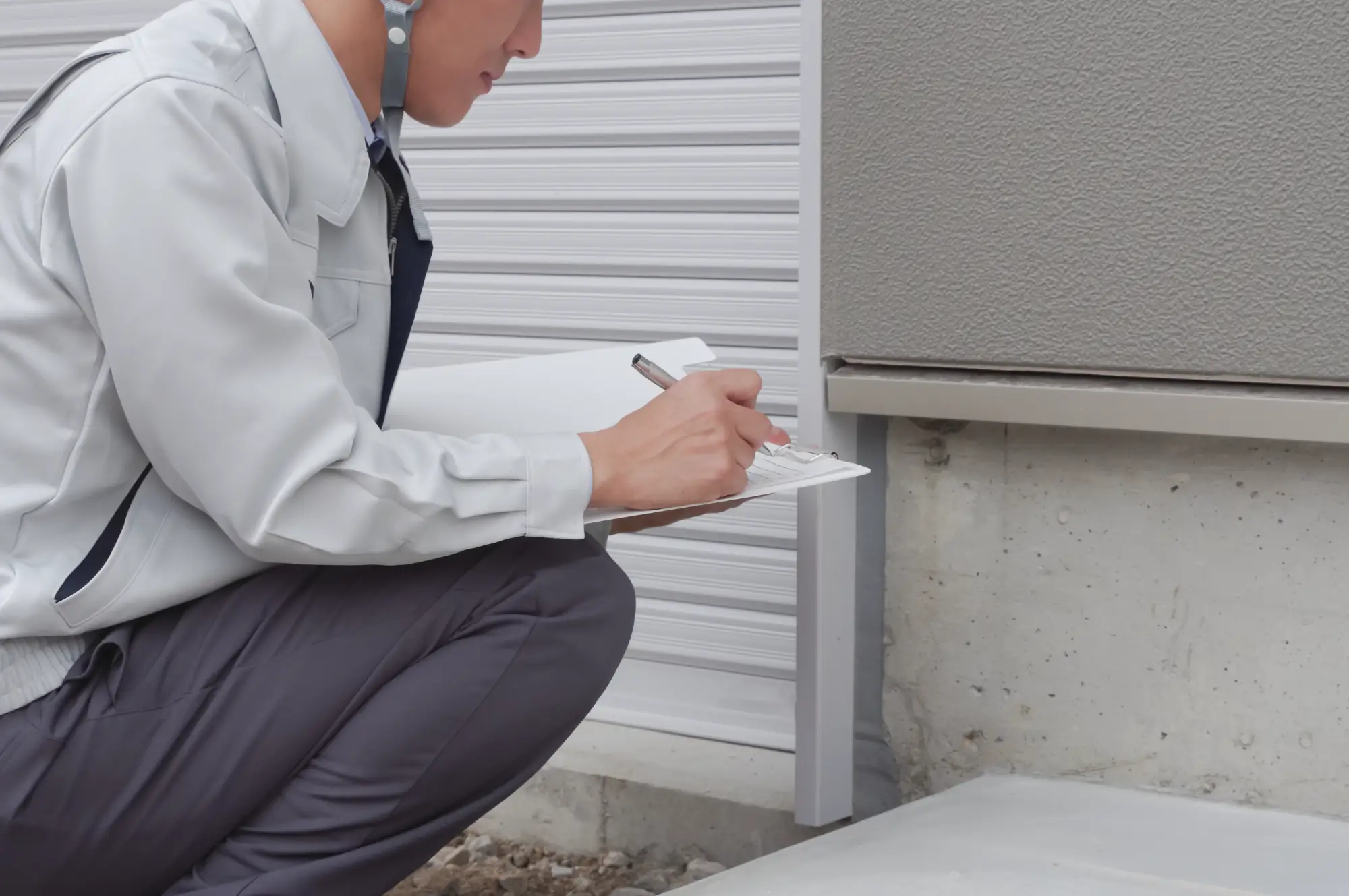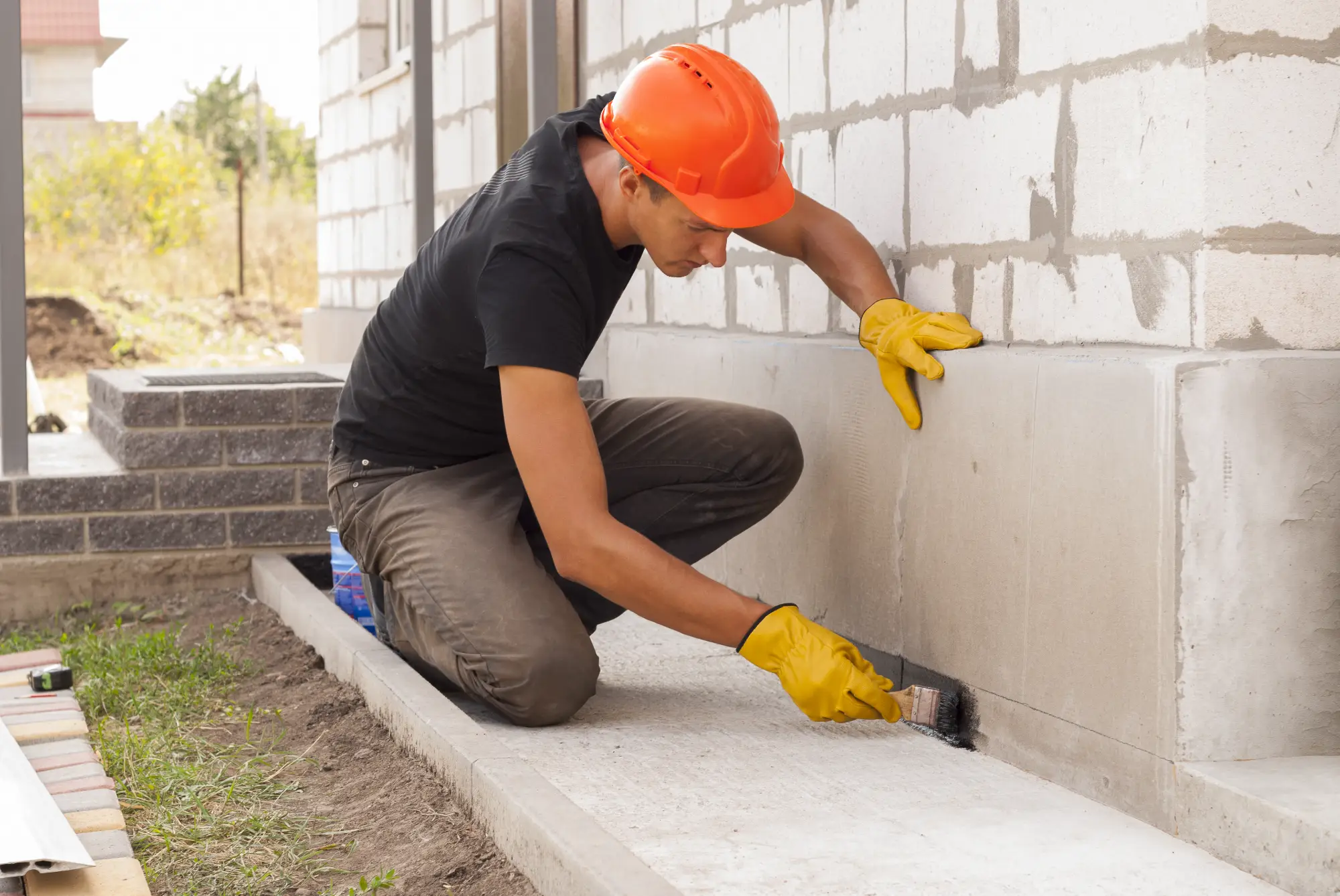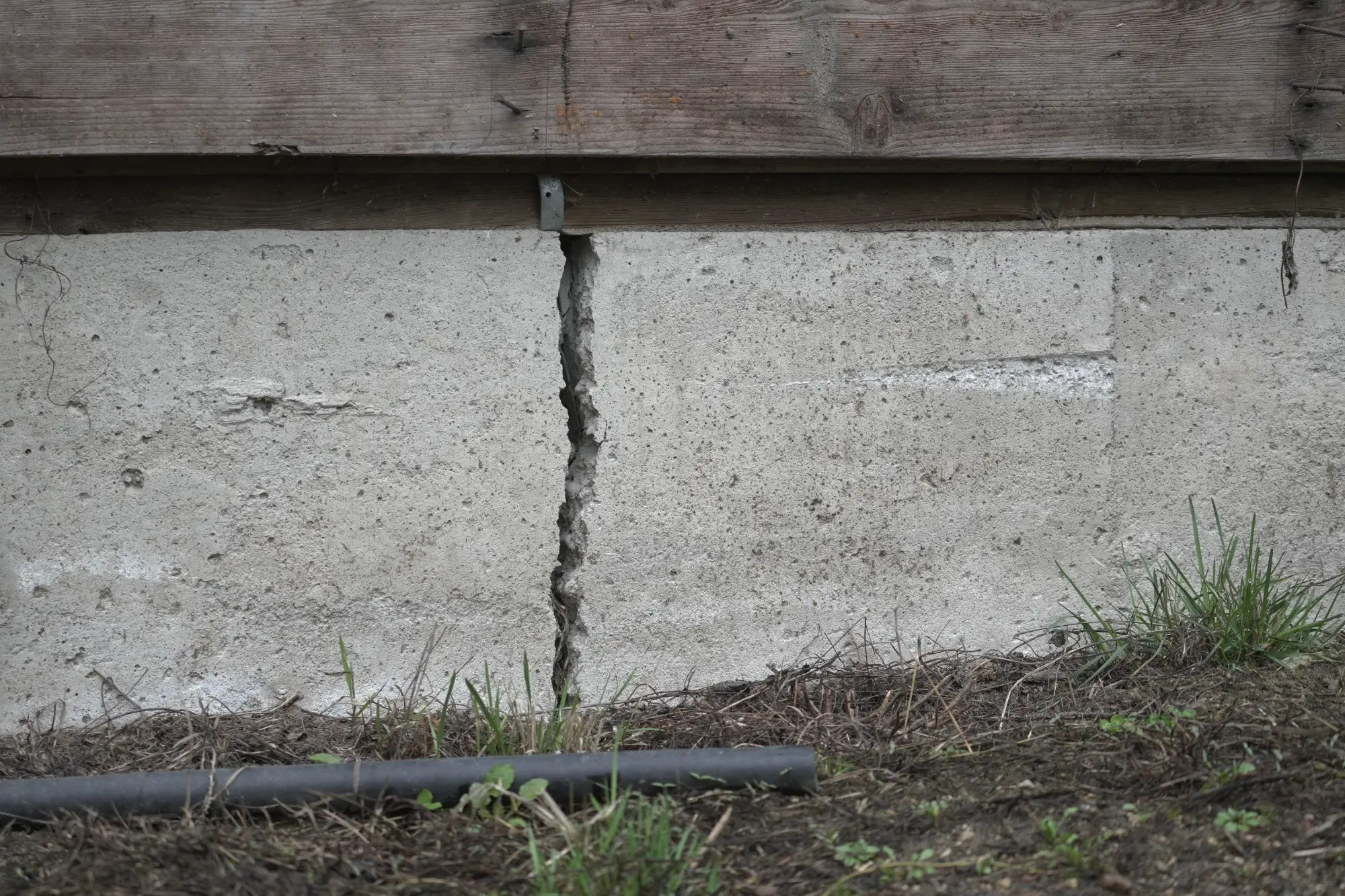Foundation Crack Repair Port Jefferson NY
Stop Foundation Cracks Before They Spread
Professional crack injection and waterproofing that actually lasts in Long Island’s challenging soil conditions.

Hear About Us

Professional Foundation Repair Contractors
You get a dry basement that stays dry. No more watching cracks grow wider after every freeze. No more moving boxes away from seeping walls or running dehumidifiers constantly.
The structural integrity of your home gets restored properly. You’re not just covering up the problem – you’re fixing it from the inside out with professional-grade injection materials that bond with your concrete permanently.
Your biggest investment stays protected. Foundation issues that get handled correctly now don’t turn into major structural problems later. You get peace of mind knowing the repair was done right the first time.
Port Jefferson Foundation Specialists
Diamond Masonry & Waterproofing has been handling foundation repairs in Port Jefferson and throughout Long Island for years. We understand how the clay soil here shifts and settles, and why the freeze-thaw cycles keep opening up new cracks.
We’re licensed and insured contractors who’ve seen every type of foundation problem this area throws at homes. From hairline cracks that let in just enough water to cause mold, to larger structural cracks that make homeowners lose sleep.
You’re not getting a crew that learned about foundations somewhere else. You’re getting contractors who’ve spent years working specifically with the soil conditions, weather patterns, and foundation types common in Port Jefferson.

Foundation Crack Injection Process
First, we inspect every crack to determine the right repair method. Not every crack needs the same treatment, and we’re not going to sell you excavation work when injection will handle the problem permanently.
For most foundation cracks, we use professional-grade polyurethane or epoxy injection. We drill small entry points and inject the material under pressure, so it fills the entire crack from inside your foundation wall. The material bonds with your concrete and creates a seal that’s actually stronger than the surrounding foundation.
We clean up completely and show you exactly what we did. You get documentation of the repair and our warranty information. Most crack injection work gets completed in a few hours, so you’re not dealing with days of disruption to your routine.

Ready to get started?
Explore More Services
About Diamond Masonry & Waterproofing
Get a Free Consultation
Basement Crack Repair Services
You get a complete assessment of all visible cracks, not just the ones you called about. We check for any structural issues that need attention and explain what we find in plain terms.
The actual repair work includes professional crack injection using materials designed for Long Island’s soil conditions. We’re not using hardware store products – these are contractor-grade materials that bond permanently with concrete and handle the ground movement that caused your cracks originally.
You get our warranty on the repair work and clear documentation of what was done. We also provide guidance on monitoring your foundation going forward, so you know what to watch for and when to call if new issues develop.

How do I know if my foundation cracks need professional repair?
What's the difference between crack injection and digging up my foundation?
Will foundation crack injection work in Long Island's soil conditions?
How long does foundation crack repair take and will it disrupt my routine?
What kind of warranty do you provide on foundation crack repairs?
Should I try to fix foundation cracks myself before calling a contractor?
Local Resources
- Google Map Link
- Find the Port Jefferson, NY USPS
- Locate Nearby Port Jefferson, NY Pharmacies
- View the Current Weather in Port Jefferson, NY
- Port Jefferson, NY is located in Suffolk county in New York State